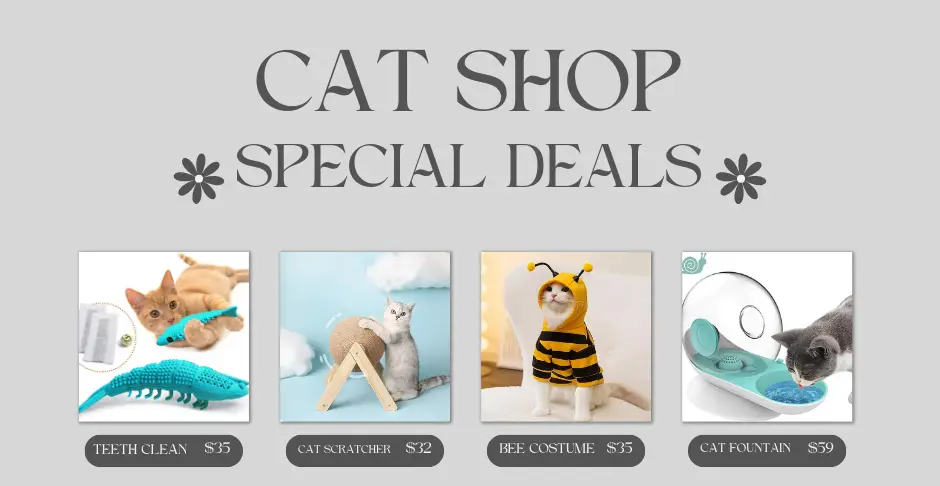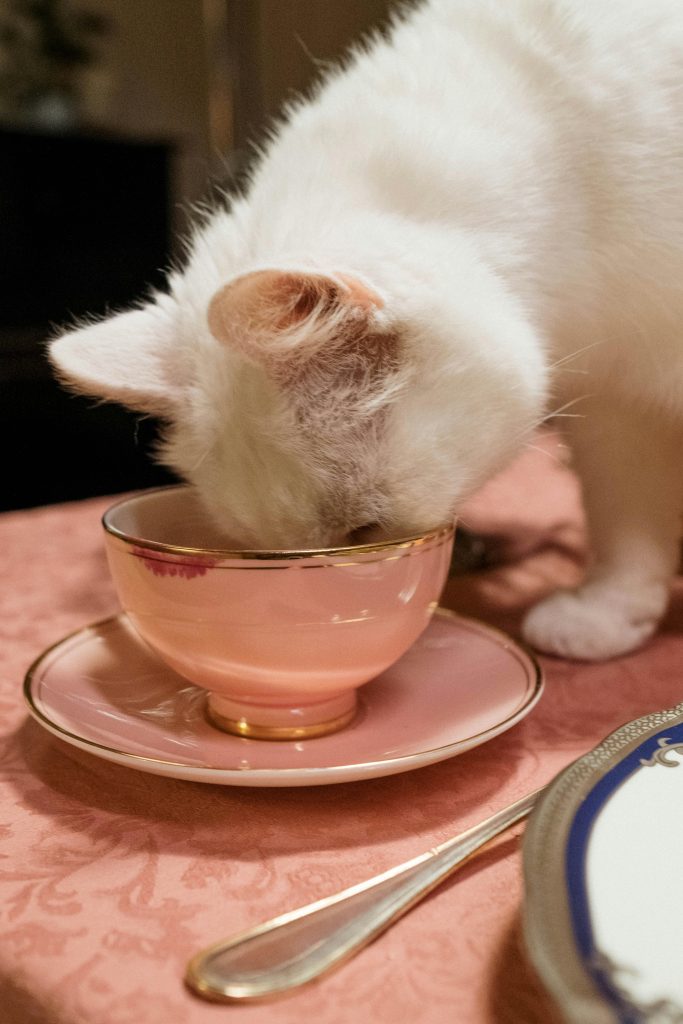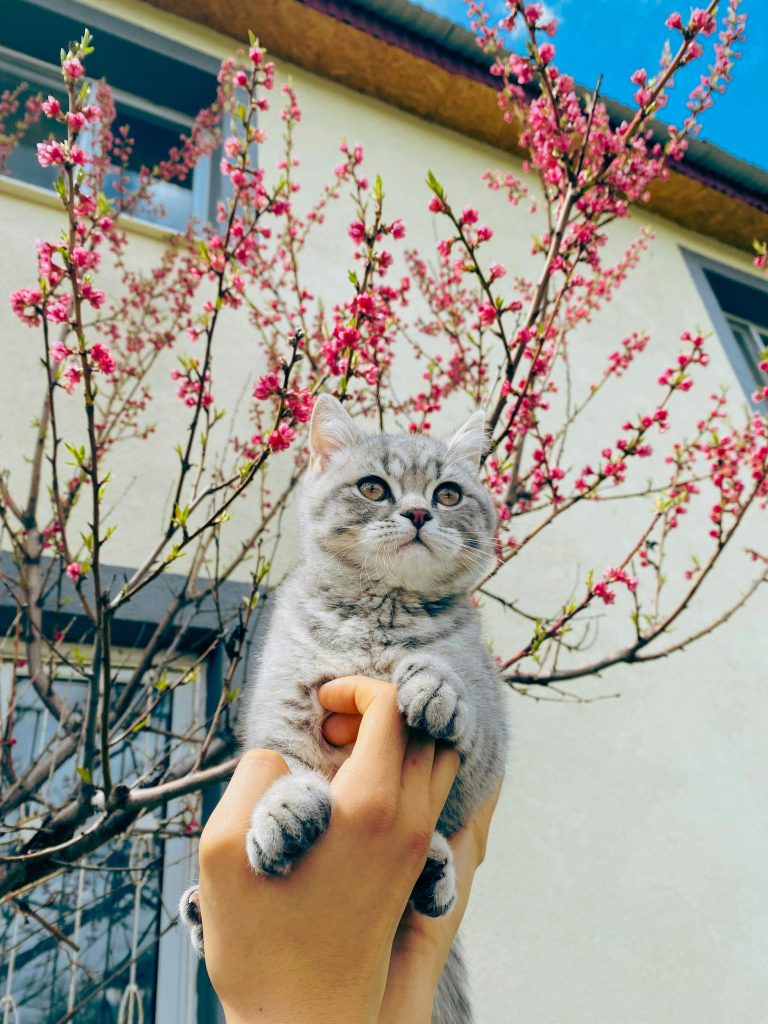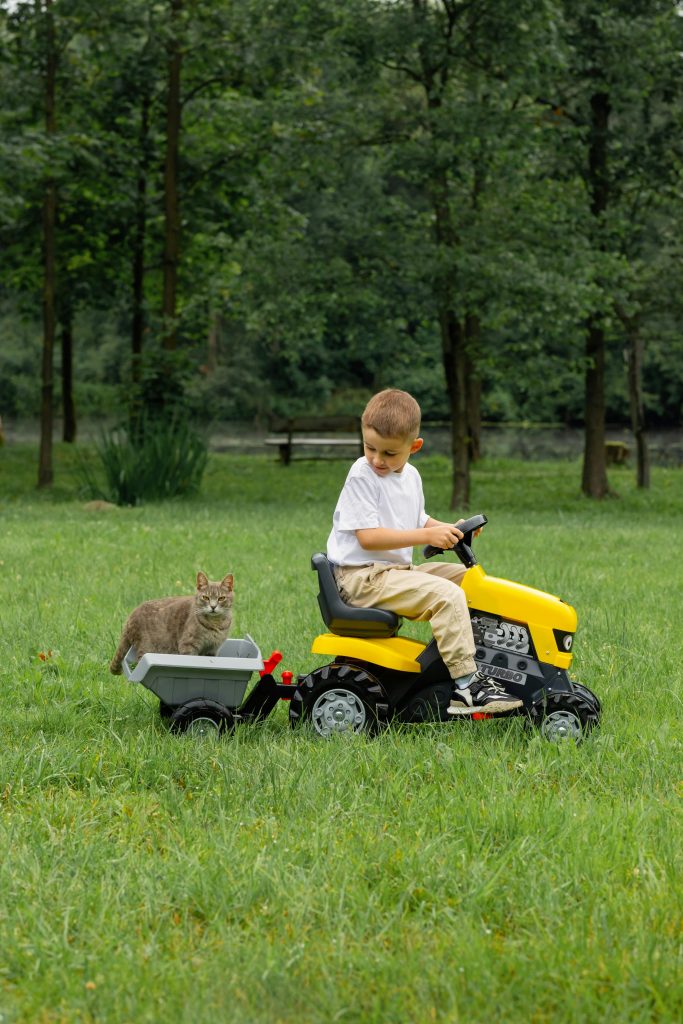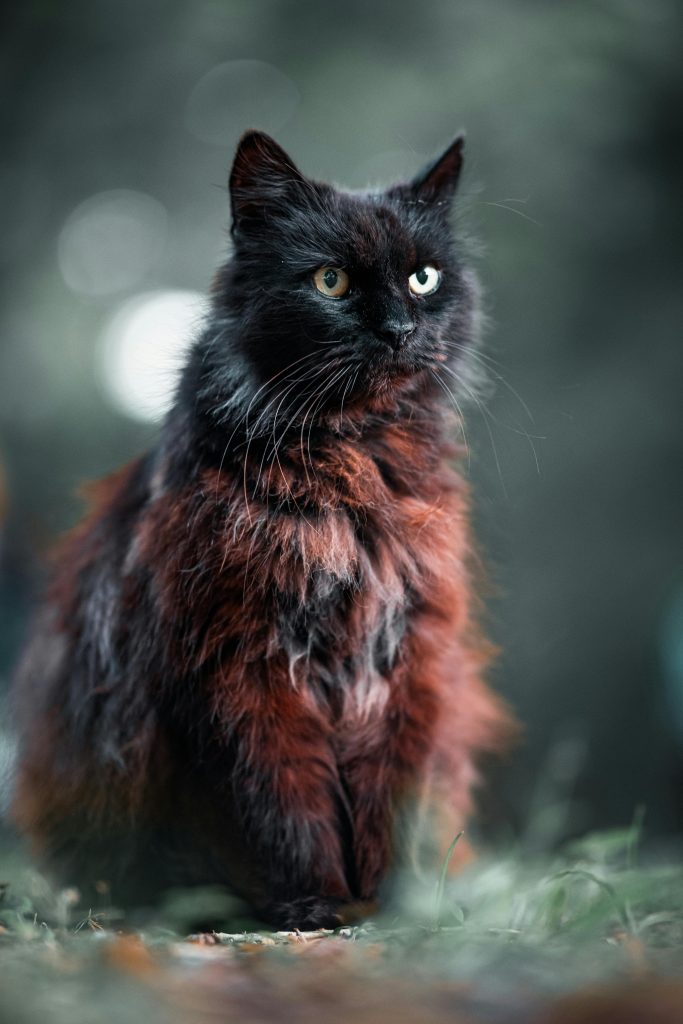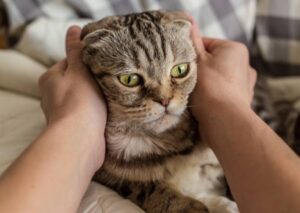
To pamper your cat, you need to create a nurturing environment that caters to their physical and emotional needs. Start by providing a comfortable living space with cozy bedding and inviting furniture.
Feed a high-quality diet tailored to their life stage, and incorporate homemade treats for added nutrition. Regular grooming sessions will help distribute skin oils and reduce shedding.
By focusing on these essential areas, you’ll be well on your way to creating a happy and healthy life for your feline friend, and with a few more expert tips, you can take their pampering experience to the next level.
Table of Contents
Key Takeaways
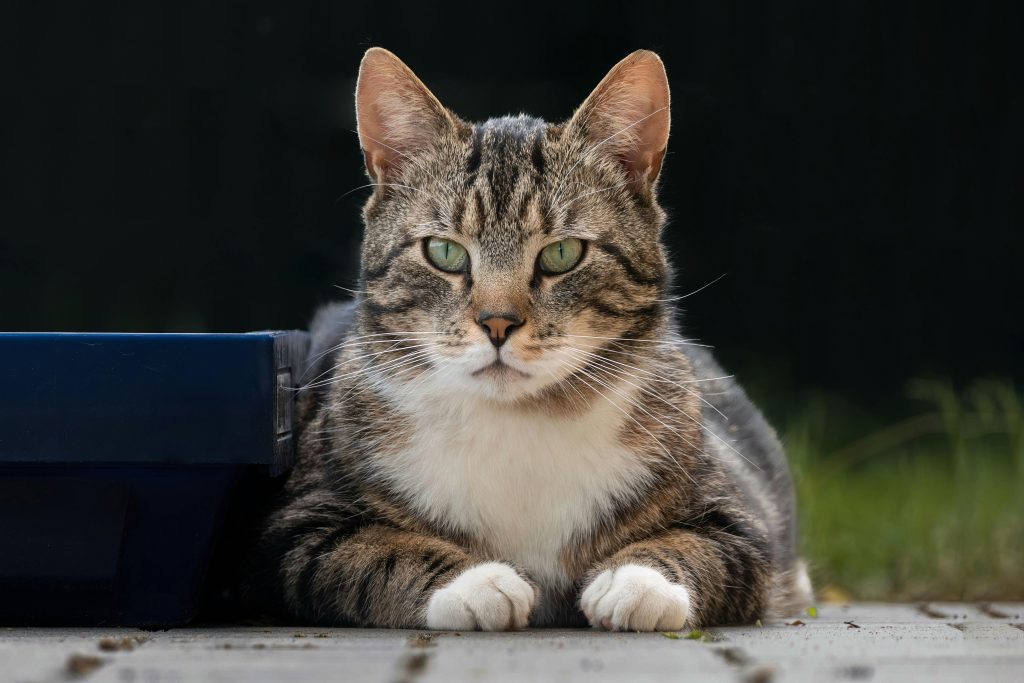
- Provide a comfortable living space with cat furniture, cozy bedding, and a quiet, draft-free area for rest and relaxation.
- Feed a high-quality diet tailored to life stage, avoiding fillers and incorporating homemade treats and fresh water options.
- Regular grooming helps distribute skin oils, reduces shedding, and promotes bonding, using tools like slicker brushes and nail clippers.
- Create a play and exercise routine with engaging toys, vertical space, and scheduled playtime to enhance physical and mental stimulation.
Provide a Comfortable Living Space
To pamper your cat effectively, you need to start by creating a comfortable living space that meets its physical and emotional needs.
It’s vital to provide your feline friend with a warm and cozy environment that feels safe and inviting. You can achieve this by investing in cat furniture that allows your cat to rest, play, and hide. Cats love to curl up in enclosed spaces, so consider purchasing a cat condo or a cat tree with hideaways.
This post contains affiliate links. However all the information provided on this site are my own honest opinions. See more in Disclaimer.
In addition to cat furniture, cozy bedding is also important for creating a comfortable living space. Provide your cat with a soft, plush bed that’s specifically designed for cats. You can also add a few blankets or a throw to create a warm and cozy spot for your cat to snuggle up in.
Make sure to place the bedding in a quiet, draft-free area of your home where your cat can retreat to when it feels stressed or overwhelmed.
Feed a High-Quality Diet
You’ll want to feed your cat a high-quality diet that meets their nutritional needs, and that means choosing a nutrient-rich food option.
When selecting a cat food, you should avoid products that contain fillers, which are ingredients that provide little to no nutritional value.
Nutrient-Rich Food Options
Feeding your cat a nutrient-rich, high-quality diet is essential for maintaining their overall health and well-being, as it provides the necessary building blocks for ideal growth, energy, and immune function.
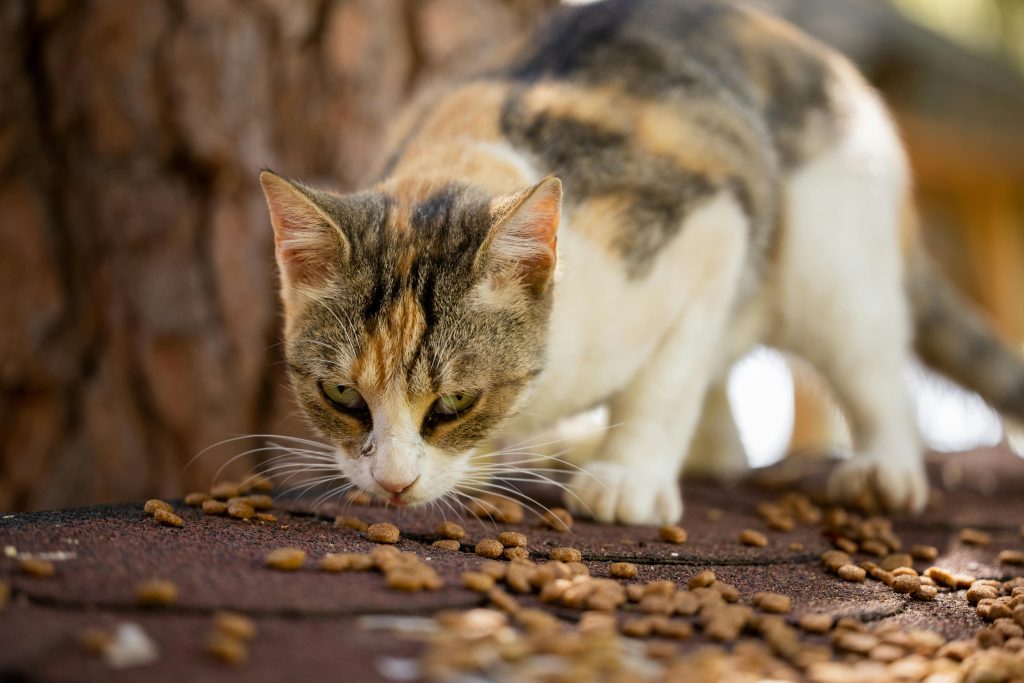
You should select a premium cat food that’s formulated for your cat’s life stage and lifestyle, whether they’re a kitten, adult, or senior.
Consider adding homemade treats, made from fresh, whole ingredients, to provide a boost of flavor and nutrition. Examples of healthy ingredients include cooked chicken, green beans, and sweet potatoes.
Don’t forget about hydration options. Guarantee your cat always has access to clean, fresh water, and consider adding low-sodium broth or a water fountain to encourage drinking.
A well-hydrated cat is a healthy cat, and providing plenty of water options can help prevent urinary tract issues.
By feeding your cat a nutrient-rich, high-quality diet and providing healthy hydration options, you’ll be supporting their overall health and setting them up for a long, happy life.
Always consult with your veterinarian to determine the best diet and nutrition plan for your feline friend. They can help you navigate the many options available and make informed decisions about your cat’s care.
Avoiding Fillers Ingredients
High-quality cat foods prioritize nutrient-dense ingredients over fillers, which are fundamentally low-calorie, low-nutrient additives, such as corn, wheat, or soy, that provide bulk but little to no nutritional value.
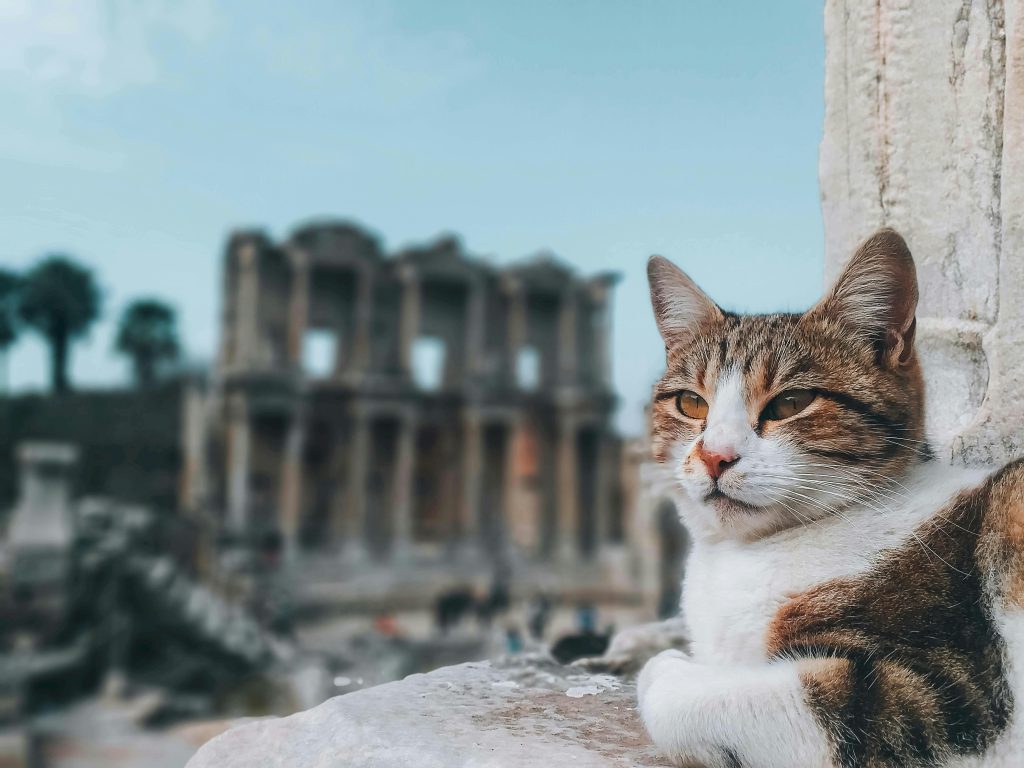
When you choose a cat food, you want to verify that you’re getting the most nutritional bang for your buck. By avoiding fillers, you’re giving your cat the best chance at peak health.
Instead, look for cat foods that use natural ingredients, such as chicken, salmon, or green peas, which provide real health benefits.
These ingredients are rich in vitamins, minerals, and antioxidants that support your cat’s overall well-being.
For example, omega-3 fatty acids found in fish oil can help reduce inflammation and promote healthy skin and coat.
By choosing a cat food that’s rich in natural ingredients, you’re investing in your cat’s long-term health and happiness.
Always read labels carefully and choose a reputable brand that prioritizes your cat’s nutritional needs. By doing so, you’ll be pampering your cat with the best possible diet.
Groom for Shine and Health
Regular grooming sessions not only boost your cat’s shine but also play an essential role in maintaining their overall health.

By incorporating regular brushing techniques into your cat’s routine, you’ll help distribute skin oils, reduce shedding, and prevent hairballs.
But that’s not all – grooming also allows you to inspect your cat’s skin, teeth, and ears for any signs of illness or injury.
To get started, you’ll need the right grooming tools. Here’s a rundown of what you’ll need:
| Grooming Tool | Description |
|---|---|
| Slicker brush | Removes tangles and mats from long-haired cats |
| Pin brush | Gentle on short-haired cats, great for everyday brushing |
| Nail clippers | Trims your cat’s nails to prevent overgrowth |
| Ear cleaner | Gently cleans your cat’s ears to prevent infection |
Create Play and Exercise Routine
Now that you’ve got your cat’s grooming routine down, it’s time to focus on their physical and mental stimulation.

You’ll want to create a play and exercise routine that’s both fun and challenging for your feline friend. This starts with choosing the right toys and designing a play area that encourages activity.
Choose Engaging Cat Toys
Your cat’s natural instinct to hunt and play can be nurtured with toys that mimic prey, encourage interactive play, and stimulate physical exercise.

When choosing engaging cat toys, you want to focus on interactive toys that provide sensory stimulation, challenge, and fun. Here are some options to take into account:
| Toy Type | Sensory Stimulation | Benefits |
|---|---|---|
| Wand Toys | Visual, auditory | Encourages hunting, agility, and exercise |
| Food Puzzle Toys | Olfactory, problem-solving | Stimulates cognitive abilities, slows eating |
| Catnip Toys | Olfactory, tactile | Provides relaxation, play, and exploration |
When selecting toys, reflect on your cat’s age, abilities, and preferences. Rotate toys regularly to keep play interesting and prevent boredom.
Interactive toys can be used to create a play routine that includes a mix of active and quieter activities. This will help maintain your cat’s physical and mental well-being.
By incorporating engaging toys into your cat’s daily life, you’ll be providing the stimulation and exercise they need to thrive.
Trending in Cats:
Design Play Area Layout
To complement the engaging toys you’ve selected, it’s time to reflect on the physical space where your cat will play and exercise, and designing a play area layout that fosters fun, exploration, and physical activity.
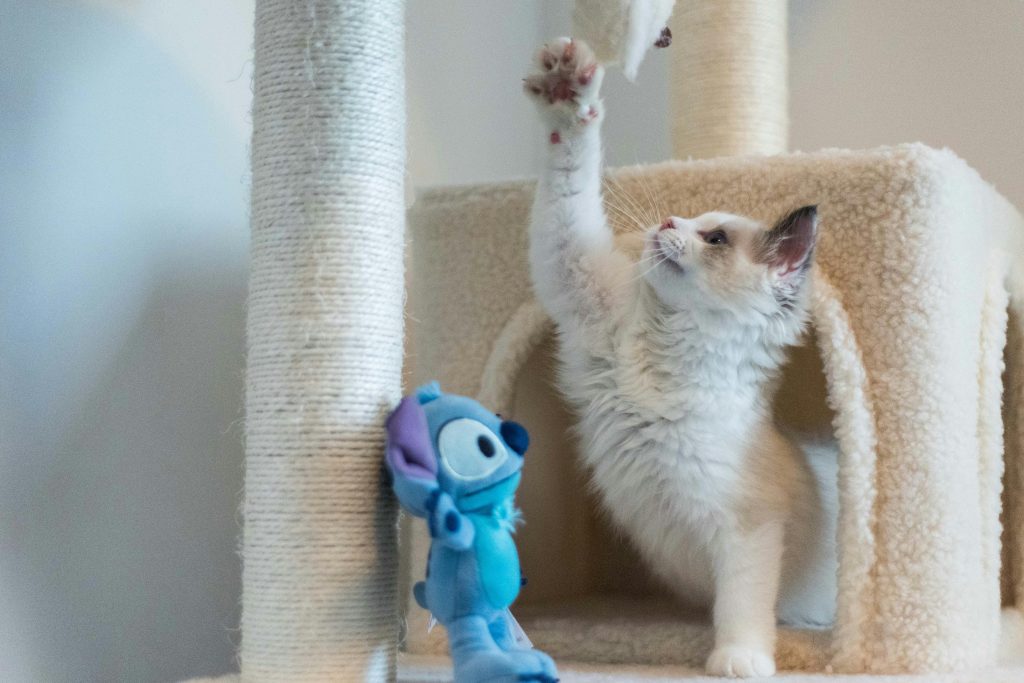
You’ll want to contemplate your cat’s natural instincts and preferences, such as their love of climbing, perching, and hiding. Effective cat furniture design can help you create a play area that meets these needs.
Think vertically when designing your cat’s play area, as cats love to climb and perch. Utilize walls and corners by installing cat shelves, cat trees, or scratching posts that allow your cat to scale new heights.
This vertical space utilization not only provides exercise but also offers your cat a sense of security and surveillance.
Incorporate cozy nooks and crannies for your cat to retreat to when they need a break. By carefully planning your cat’s play area layout, you’ll create a space that encourages physical activity, mental stimulation, and overall well-being.
With a little creativity, you can turn any room into a feline playground that your cat will love.
Schedule Regular Playtime
Establishing a regular play and exercise routine is essential to keep your cat physically and mentally stimulated, and setting aside dedicated time each day will help guarantee a happy and healthy feline companion.
By doing so, you’ll not only strengthen your bond with your cat, but also provide them with the physical activity they need to stay agile and playful.
Interactive toys, such as feather wands and laser pointers, are perfect for encouraging natural hunting behavior and providing entertainment.
| Age | Recommended Playtime | Playtime Benefits |
|---|---|---|
| Kittens (0-12 months) | 2-3 hours | Develops motor skills, socialization, and bonding |
| Adult cats (1-7 years) | 1-2 hours | Maintains physical fitness, reduces stress, and stimulates mind |
| Senior cats (8-15 years) | 30 minutes – 1 hour | Helps maintain flexibility, manages weight, and stimulates senses |
| Geriatric cats (16+ years) | Short sessions (10-15 minutes) | Encourages gentle exercise, maintains mental stimulation, and supports overall health |
Give Attention and Affection
By spending quality time with your cat and showering them with physical touch, you show that you value and cherish their companionship.
Bonding activities, such as cuddling, petting, and stroking, help strengthen your relationship with your cat. These interactions release oxytocin, also known as the ‘love hormone,’ which promotes feelings of affection and trust.
Regular affectionate gestures, like gentle scratches behind the ears or under the chin, can become your cat’s favorite way to receive attention.
You’ll notice your cat will begin to seek out these interactions, rubbing against your legs or nuzzling your hand for pets.
Set aside time each day for quiet, low-key interaction, such as reading or simply sitting together. This allows your cat to initiate contact and dictate the terms of the interaction, further solidifying your bond.
Keep Your Cat’s Litter Clean
Cleaning your cat’s litter regularly is essential for maintaining their health and hygiene, as a dirty litter box can quickly become a breeding ground for bacteria and odor.
By scooping out solid waste daily and changing the litter completely every 7-10 days, you’ll keep your cat’s litter box clean and prevent the buildup of bacteria and odors.
| Litter Box Maintenance Task | Frequency |
|---|---|
| Scoop out solid waste | Daily |
| Change litter completely | Every 7-10 days |
| Disinfect litter box | Every 1-2 months |
| Replace litter box | Every 6-12 months |
| Check odor control solutions | As needed |
Effective litter box maintenance also involves monitoring odor levels and using odor control solutions as needed. You can use odor-absorbing sprays or granules, or opt for a litter that has built-in odor control.
By following these simple tips, you’ll keep your cat’s litter box clean and odor-free, creating a healthier and more pleasant environment for your feline friend.
Remember, a clean litter box is essential for your cat’s health and happiness.
Offer Relaxation and Calming Methods
Help your cat unwind with gentle relaxation techniques, such as massage, aromatherapy, or calming music, which can ease stress and promote a sense of tranquility in your feline companion.
By incorporating these methods into your cat’s daily routine, you can help create a more relaxed and peaceful environment.
Calming music specifically designed for cats can be an effective way to reduce stress and anxiety. Play calming music in the background while your cat is eating, sleeping, or simply lounging around to help create a soothing atmosphere.
Aromatherapy scents, such as lavender and vanilla, can also promote relaxation and reduce stress in cats. You can use essential oils in a diffuser or apply them to your cat’s bedding or toys.
Massage is another effective relaxation technique that can help ease muscle tension and promote relaxation in your cat. Gentle petting, stroking, and rubbing can help calm your cat’s nervous system and create a sense of tranquility.
Frequently Asked Questions
“You’re probably picturing a happy, healthy cat frolicking in your living room. To keep that image a reality, you’ll want to take your cat to the vet for check-ups regularly, ideally every 6-12 months, as part of a consistent veterinary schedule and health monitoring plan.”
You’re not alone in wondering why your cat kneads on you during cuddles! Kneading behavior is a sign of feline affection, a leftover from their kitten days when they relied on mom for comfort and milk.
Are you thinking of using human shampoo on your cat? Don’t! You’ll risk irritating their sensitive skin. Instead, choose cat grooming products specifically designed for feline skin sensitivity to keep your cat’s coat clean and healthy.
You’re wondering why your cat sleeps so much? It’s because their natural sleep patterns are designed to conserve energy levels between hunting and play. They spend up to 16 hours a day snoozing to recharge!
To curb your cat’s furniture scratching, you’ll need scratching alternatives like sisal-rope posts or pads. Additionally, use furniture protectors like scratch guards or double-sided tape to make surfaces unappealing – it’s a winning combination.
Conclusion

You’ve taken the steps to pamper your cat, but you might think, ‘Isn’t this overindulging my pet?’ Not at all!
Think of it like a spa day for your feline friend. Just as a massage and a gourmet meal can rejuvenate you, a comfortable space, quality food, playtime, and attention do the same for your cat.
By showing your love and care, you strengthen your bond and create a happy, healthy companion – and that’s purr-fectly wonderful!



